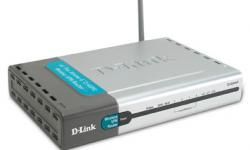The advent of high-definition TV and other multimedia digital goodies is a double-edged sword. Consumers have more digital entertainment options than ever before, but at the expense of ever-increasing data transfer demands. HDTV, for example, requires speeds of around 3Gbps (gigabits per second), which generally means you need a fast wired network connection.
Why wires? Well, although wireless LAN technologies suffice for many applications, like Internet surfing, WiFi doesn't cut it for many HDTV or video streaming activities. Thus, most homeowners and businesses resort to wired networks, which results in a tangled mass of expensive cables.
Advertisement
In May 2009, a newly formed group called the Wireless Gigabit Alliance announced its intentions to create a new high-speed wireless standard called WiGig. WiGig is so new that its final specification won't be available until the end of 2009.
But we do know enough details to offer some tantalizing possibilities. WiGig will primarily be used within a single room to provide wireless connectivity between home entertainment equipment. It will enable very fast data transfers and blazing streaming media, in addition to wireless connections for cameras, laptops and more.
How fast is fast? Well, WiGig will be close to 10 times faster than WiFi, and it might be fast enough to let you transfer the contents of a 25GB Blu-ray disc in less than a minute. With afterburner-type speed like that, you can transfer data from an entire DVD in just 15 seconds. In other words, say goodbye to glitch-ridden streaming video clips and data transfers interrupted by agonizingly slow speeds.
Read on to find out more about this exciting networking technology and how it may transform your digital experiences.
Advertisement


